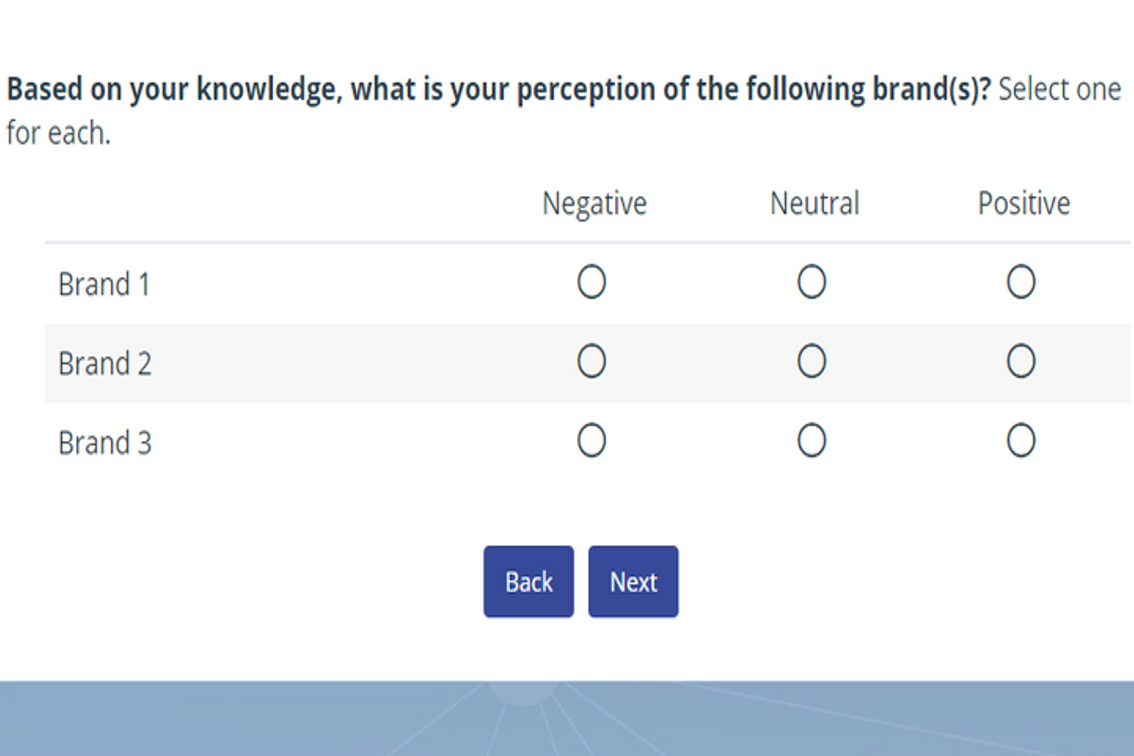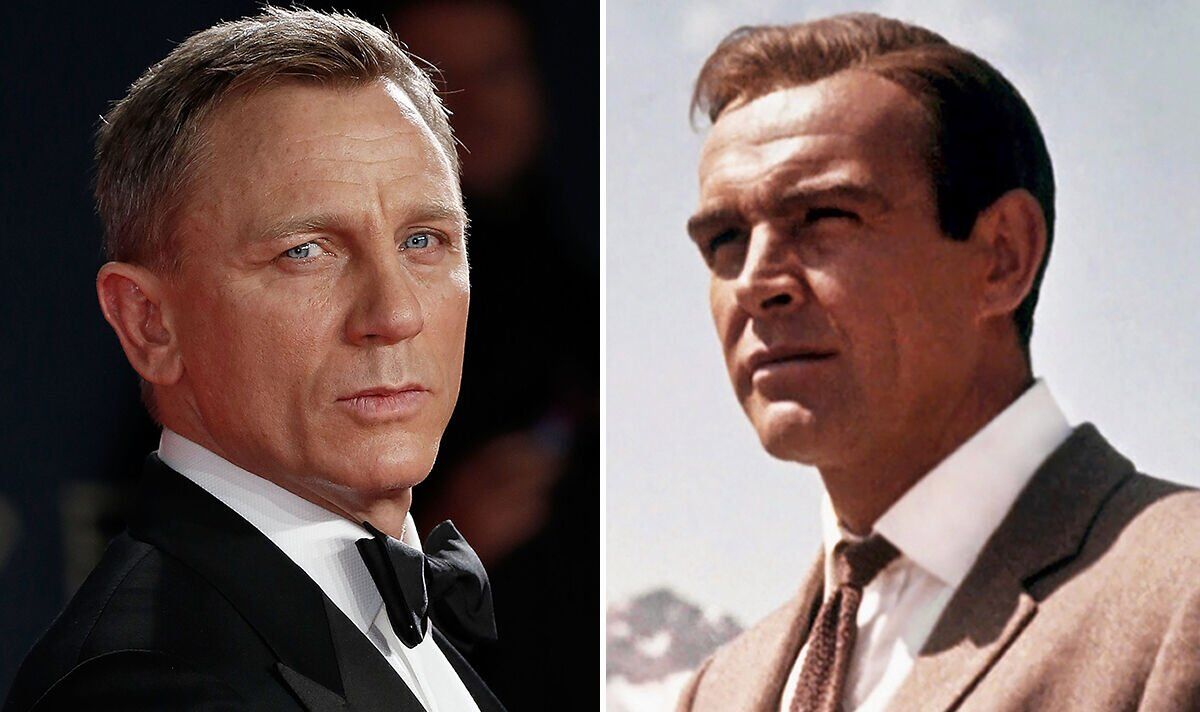Brand users are 3 times more likely to remember ads than non users. In other words, market leaders (with more users) have an inherent advantage when it comes to getting noticed.
Familiarity bias
We like what we know, regardless of merit.
A brand is rated more favourably by those who buy it than those who don’t – simply because those who buy it have more direct experience with it. So when you’re looking at brand attributes (e.g. “it’s high quality) it’s vital to control for market share, otherwise the biggest brands will always do best.
In the UK, older groups prefer Sean Connery as James Bond and younger groups prefer Daniel Craig.
Ex-footballers have different views on the age-old England midfielder debate: they pick the one they played with. John Terry says Lampard, Jamie Carragher says Gerrard, and Gary Neville says Scholes.
When a company first releases shares, investors are unlikely to have much additional diagnostic information about the company’s performance. It turns out that NYSE companies with easy to pronounce names – i.e. more familiar to us – perform better than those whose names are hard to pronounce.
Life supposedly peaked when we were young, and is at its worst right now – this holds true for society, music and fashion. The problem is that nostalgia is selective; we only remember the best from the past and compare it to all the average stuff today (it’s also why marketers claim there is a ‘crisis in creativity’ and it’s all due to the rise of online ads.)
If you ask people, they gravitate towards the era when they became adults. Over 70s choose the Swinging Sixties, while under 30s choose the turn of the millennium.







